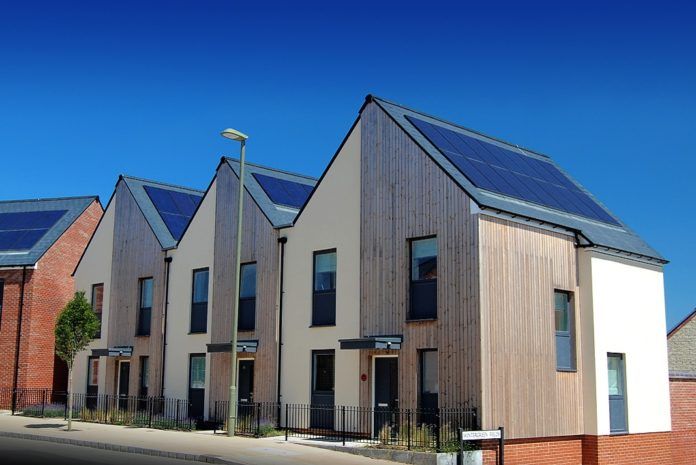On October 1, 2019, the Ministry of Housing, Communities and Local Government published a consultation on the Future Homes Standard, regarding changes to Part L (conservation of fuel and power) of the Building Regulations for new dwellings.
The consultation sets out two options to uplift energy efficiency standards, one that would deliver a 20% reduction in carbon emissions, based on “very high fabric standards”, and one that would deliver a 31% carbon emissions reduction based on “the installation of carbon-saving technology such as photovoltaic (solar) panels and better fabric standards”.
The latter is the ministry’s preferred option on the basis that “It would deliver more carbon savings and result in lower bills for the householder”. While a full response will be forthcoming, the Solar Trade Association (STA) has welcomed the government’s indication that it will favour the more ambitious decarbonisation option and set the construction and property industries on the path towards net zero emissions.
Chris Hewett, chief executive of the STA, said: “It is encouraging to see that solar, an affordable and popular technology, is highlighted in this consultation as a way to really cut down carbon emissions in new dwellings and reduce energy bills for residents. We welcome both the consultation and the government’s preference for Option 2, which in the context of net zero should be the obvious choice.
“It is high time England caught up with Scotland, and some leading local authorities, on housebuilding standards, which have been leading the way since 2015. Anecdotal evidence from our Scotland members suggests four in five newbuild properties are developed with solar fitted. We hope to see similar levels in the rest of the country very soon.”




